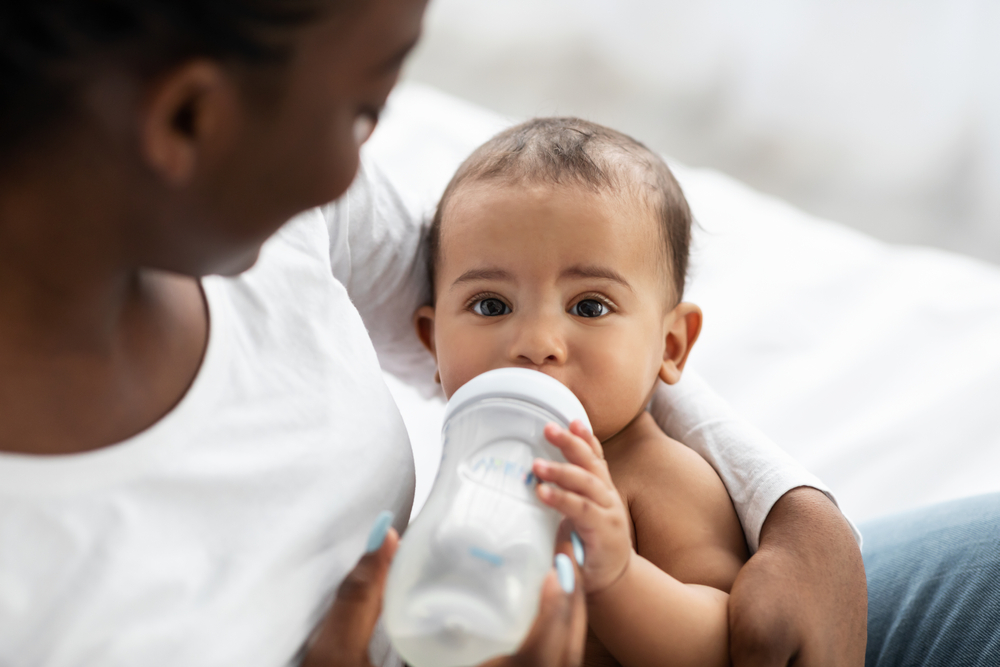No child should be expected to start a school day on an empty stomach. This may happen, however, if they come from a low-income household where food is scarce.
How can this problem be fixed without taking money out of your own pocket? By soliciting the help of the School Breakfast Program or SBP.
School Breakfast Program Background
The School Breakfast Program is nothing new, as it first kicked off in 1966 for a test run. In 1975, the SBP was made into an official entitlement program by Congress.
If you’re worried about a certain stigma attached to using the SBP, don’t be. Statistics show that the number of children using the program for healthy breakfasts has grown over the years. In 1970, only 500,000 children used the SBP. By 1990, that number reached four million. Just four years ago, 14.57 million children were SBP recipients.
As for who’s in charge of the School Breakfast Program, that responsibility lies with the United States Department of Agriculture’s (USDA) Food and Nutrition Service (FNS). They administer the program at the federal level, while state agencies work with local schools to ensure kids get the morning meals they need.
Non-profit private or public schools, charter schools, and residential childcare institutions are the SBP’s most significant participants. If selected for the program, they are expected to serve breakfasts that meet the federal government’s nutritional requirements. Those breakfasts must either be free or come at a reduced cost for eligible kids. In exchange for serving breakfasts, participating schools receive cash subsidies from the USDA per meal.
It’s worth noting that if a school serves many low-income students, they could be considered “severe need” institutions. As such, they can receive a higher reimbursement rate. The same holds if the school is located where food costs are significantly higher.
SBP Eligibility
Most government assistance programs have eligibility requirements, and the School Breakfast Program is no different. A child can qualify for free or low-cost breakfasts in several ways.
The first is if their household has a family size and income that make the cut. While this requirement may vary according to location, it usually means that the child must come from a household that makes less than 130 percent of the federal poverty level to get free breakfasts. If the home makes between 130-185 percent of the national poverty level, their child could qualify for breakfasts at a reduced price, which cannot exceed 30 cents.
Other ways in which children can qualify for SBP benefits can include if they are a foster child, migrant, homeless, or a runaway. Also, if they participate in any of the following, they could be automatically eligible for free or affordable school breakfasts:
- Head Start Program, at either the federal or state level
- Supplemental Nutrition Assistance Program (SNAP)
- Other federal assistance programs
Receiving SBP Benefits
If your child qualifies for the School Breakfast Program, expect them to be fed in one of the following ways:
- With a “Grab & Go Breakfast” in a plastic or paper bag that they can eat before school or during an AM break.
- With a “Breakfast in the Classroom” that they can eat during morning attendance or announcements.
- In a traditional, cafeteria-based setting.




